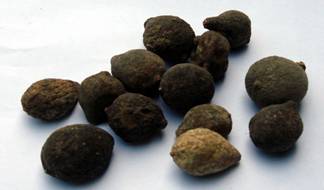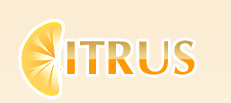NARINGENIN
Identification
Ingredient |
Naringenin |
Structure:
 |
Synonyms |
4',5,7-trihydroxyflavanone; 5,7-dihydroxy-2-(4-hydroxyphenyl)-2,3-dihydro-4h-chromen-4-one; (s)-2,3-dihydro-5,7-dihydroxy-2-(4-hydroxyphenyl)-4-benzopyrone |
Molecular Formula |
C15H12O5 |
Molecular Weight |
272.26 |
CAS no |
480-41-1 |
EINECS |
207-550-2 |
Description
Naringenin is a compound that naturally occurs in grapefruit and other citrus fruits. 95% of Naringenin is a light yellow to brown powder, soluble in ethanol,ether and almost insoluble in water. Meling point is 251-253℃.
Scientific support
Naringenin is a flavonoid that is considered to have a bioactive effect on human health as antioxidant, free radical scavenger, anti-inflammatory, carbohydrate metabolism promoter, and immune system modulater.
This substance has also been shown to reduce oxidative damage to DNA in vitro. Scientists exposed cells to 80 micromoles of naringenin per liter, for 24 hours, and found that the amount of hydroxyl damage to the DNA was reduced by 24% in that very short period of time. Unfortunately, this bioflavonoid is difficult to absorb on oral ingestion. In the best case scenario, only 15% of ingested naringenin will get absorbed in the human gastrointestinal tract. A full glass of orange juice will supply about enough naringenin to achieve a concentration of about 0.5 micromoles per liter. There are speculations that, given more time at a lower concentration, it could have similar effects.
Naringenin found in grapefruit juice has been shown to have an inhibitory effect on the human cytochrome P450 isoform CYP1A2.Naringenin has also been shown to reduce hepatitis C virus production by infected hepatocytes (liver cells) in cell culture. This seem to be secondary to Naringenin ability to inhibit the secretion of very low density lipoprotein by the cells.
Application
Naringenin is now mainly used in cosmetic products, dietary supplement, beverage and so on.
Availability
Commercial naringenin is obtained by hydrolyzation from Naringin (extracted from immature fruit of Citrus Grandis Osbeck).

Dried immature fruit of Citrus Grandis Osbeck
Warning:
Above information is only knowledge,not an instruction of usage for this product. The owner of this webiste should not be responsible for any damage because of misuse of the product. |



